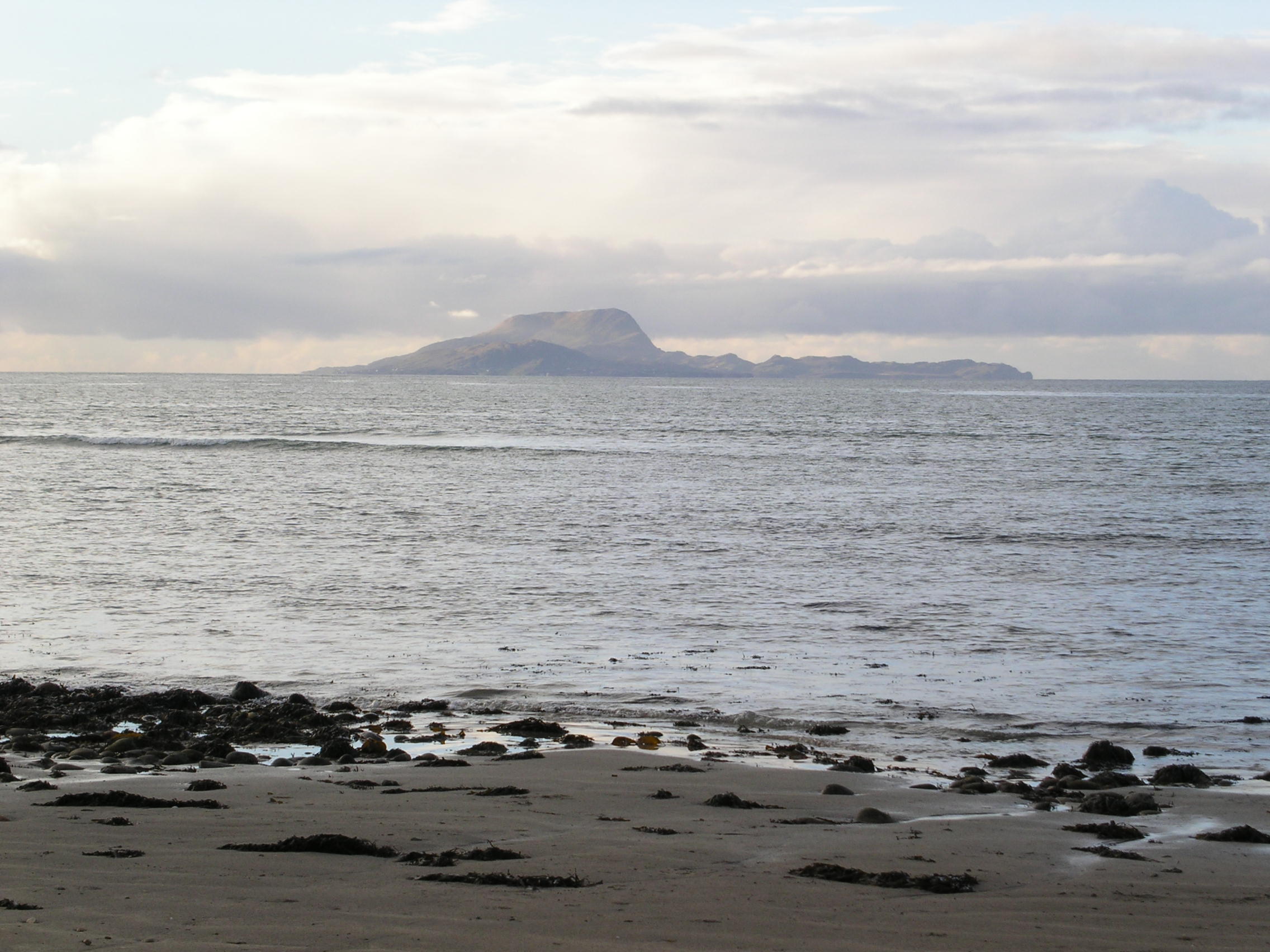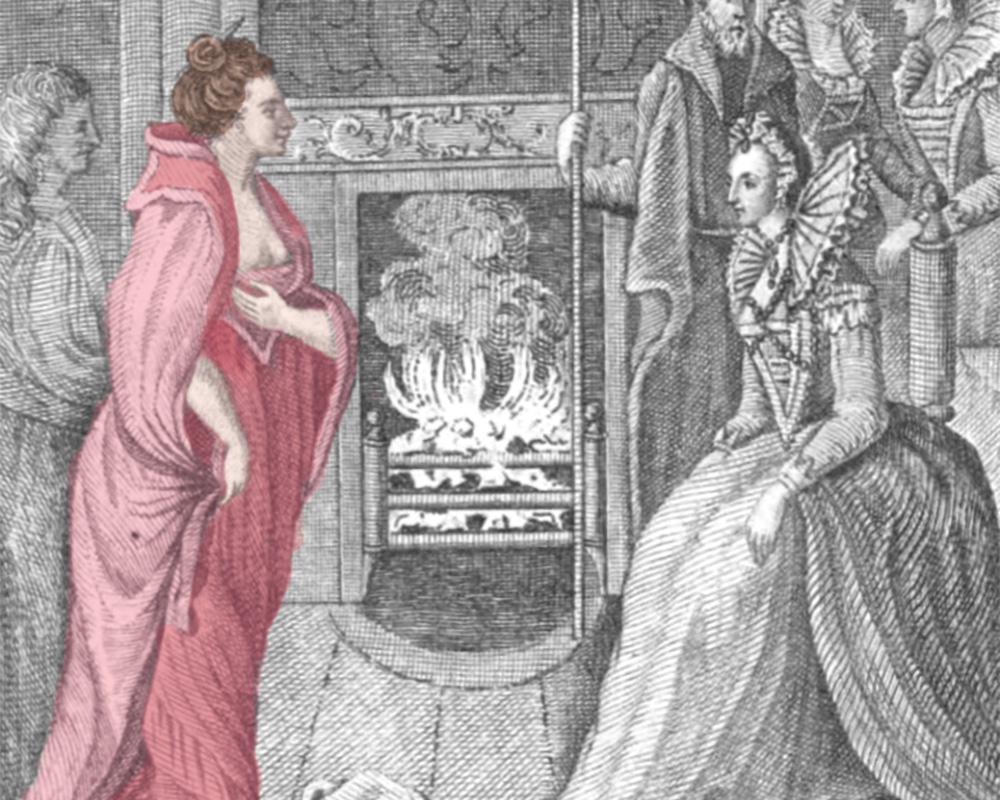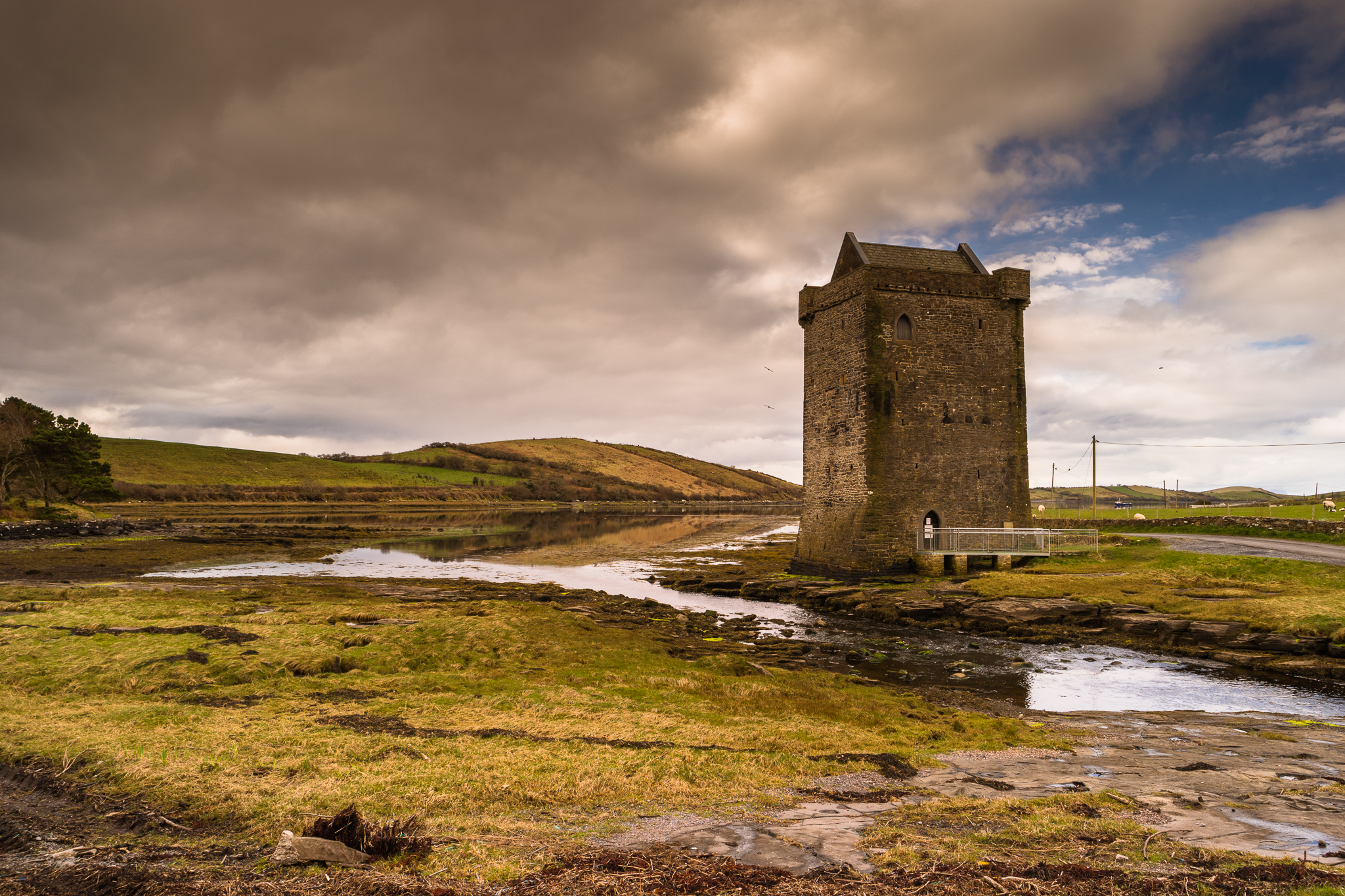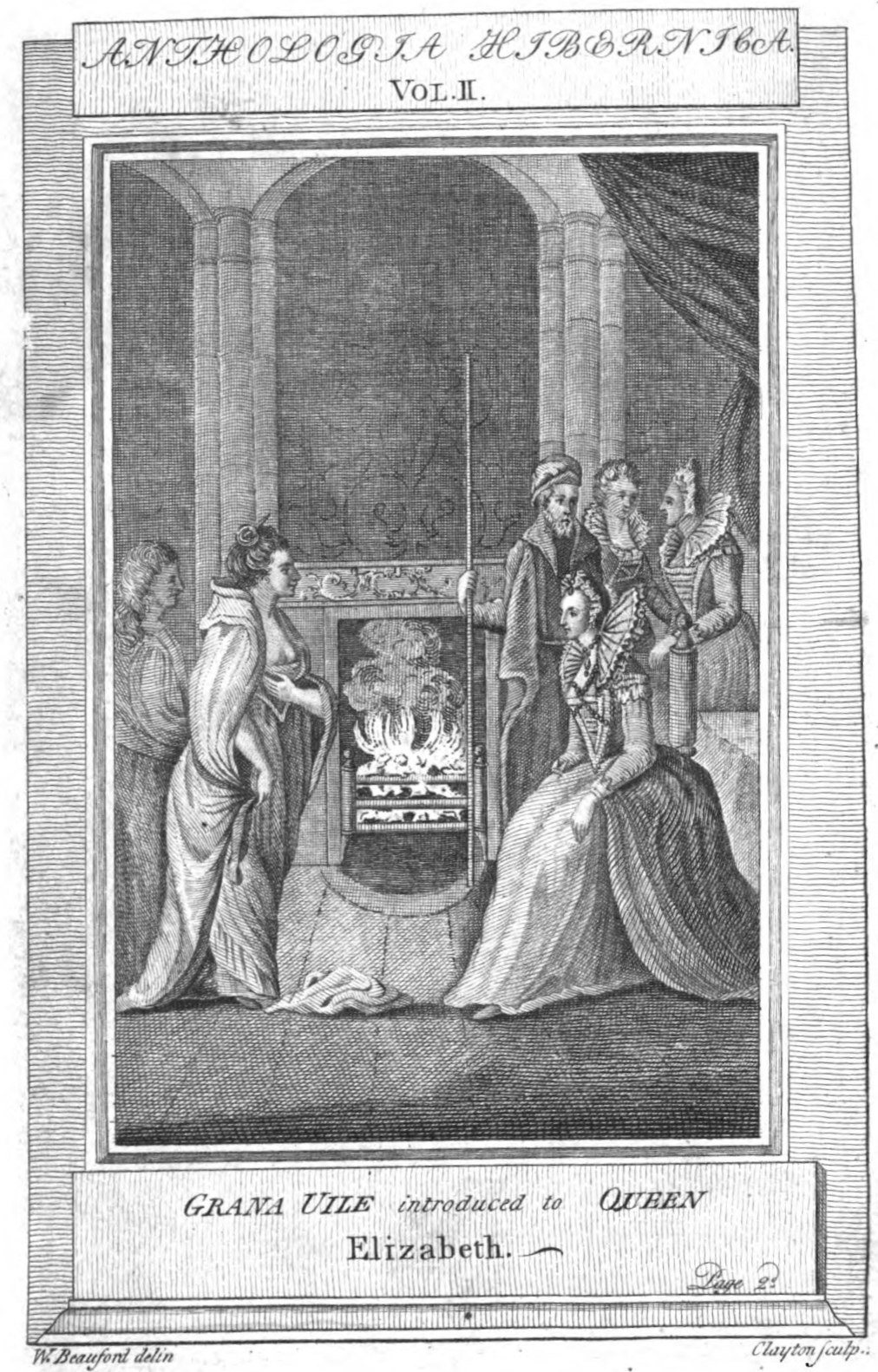
Pirate Queen - Gráinne O Malley
Gráinne O Malley is a well-known Pirate Queen from Irish history. Dr Gillian Kelly tells her story, from opposing Gaelic laws and taking over the ruling of her late husbands and fathers' fleets to doing deals with Queen Elizabeth I.

Gráinne O Malley was a woman of formidable talent and achievement. She ruled her lands and the sea that surrounded them in the 16th century much as her father did before her, as an Irish chieftain, an act which contravened Gaelic law and customs of the time, and which has ensured she is remembered.
She was born sometime in the 1530s, the daughter of Eoghan Dubhdara O Malley, lord of a small, maritime lordship called Umhall (the Owles) on the west coast of Ireland. Here he and his people lived primarily as seafarers. They traded raw materials in exchange for luxury goods from European traders, fished and sometimes engaged in piracy. Although the west coast of Ireland today is a quiet part of Europe, in Gráinne’s time it was the hub of a highly literate and cosmopolitan trading world.

However even as she grew up in this world it was coming under concerted attack by a colonising Tudor Crown bent on fully anglicising Ireland through extreme violence. Indeed, the span of Gráinne’s long life (from the 1530s to the early 1600s) follows the increasingly genocidal arc of Tudor involvement in Ireland. Her own family suffered greatly during his period with violent deaths and dispossession.
She was probably about sixteen years old when she married for the first time. Her husband was Donal O Flaherty, son of a neighbouring sea lord. Remarkably, at some point she appears to have assumed her husband’s martial activities, commanding his men and ships. After his death in the 1550s, when Gaelic law required Gráinne to return to her own family’s land and to live under the authority of her nearest male relative, she complied with the first requirement but not the latter. When she moved back to her family’s lands, she took O Flaherty men with her too and by 1560, she had established her own power base. She had her own flotilla of war galleys which enabled her to rove along the coast. During this period, she seems to have taken on her father’s power after he died too. This was in direct opposition to established Gaelic laws which disallowed women from ruling or living free of any man’s control.
Simultaneously in England during the 1550s, another young woman was also coming into her power and overthrowing her own share of societal norms and expectations. Her name, of course, was Elizabeth Tudor and she was to have a huge effect on Gráinne and her world.
In 1567, at a time of encroaching English power in the country, Gráinne prudently married again. This time to ‘Iron’ Richard Burke, a powerful, regional lord. English officials who encountered her portrayed her as the dominant figure in her marriage - as a means of both mocking her and emasculating her husband. Richard was habitually dismissed as ‘the husband of Grany O Maile’.

After Richard died in 1583, she 'gathered together all her own followers and with 1000 head of cows and mares' went to live in Carraighowley Castle, co. Mayo, in her late husband's territory. No doubt she was anticipating life as a wealthy and independent widow, overseeing her many maritime ‘activities’ - but such was not to be. In 1584, Sir Richard Bingham was appointed as the English governor of Connacht and her real problems began. Bingham was empowered by a government increasingly determined to smash the power of Gaelic Ireland in the west and quickly impose a rapid anglicisation agenda. This led to years of extreme violence and oppression as Tudor officials attempted to wipe out native Gaelic culture.
In 1586 Bingham ordered his brother John to seize the lands of Gráinne’s son Eoghan O Flaherty. This resulted in the cold-blooded murder of Eoghan. Bingham’s rapacious activities continued and Gráinne and her family members continued to bear the brunt of his rage. While she was at sea, he systematically devastated her lands.
In increasing desperation, Gráinne decided to appeal to Queen Elizabeth herself to try and stop him. In a letter dated 1593, she offers her support to the English queen, pledging ‘to envade with sword and fire all your highness enemyes’, if only she would help her. She requested the return of seized property in exchange for her total allegiance. However, while the petition was en route to London, Bingham arrested her son, Theobald, for treason. Gráinne, terrified that another son would be murdered, decided on a personal appeal and immediately sailed for London.
She was at court at Greenwich from June until September 1593 where she was introduced to William Cecil, Lord Burghley. She insisted that she was now a reformed character, and that she ‘did give over her former trade’ and was no longer a pirate. She asked the Queen to grant the release of her son and her brother, who had also been arrested by Bingham.

Elizabeth complied and Gráinne received all she had asked for from her. Bingham however was infuriated by this and refused to stop his campaign against her. In 1595 she was forced to make another visit to London to again ask the queen to force Bingham to stop. In return she offered Elizabeth the service of a hundred of her men in ‘her Majesties warres’ in Ireland. Elizabeth duly ordered that Gráinne’s sons’ lands be submitted and regranted to them under English law. This provided protection. Bingham, by now under suspicion of corrupt practices in his governance, eventually fled to England and was imprisoned.
From then on Gráinne path and that of her family lay firmly with the English Crown.
The last known reference to her comes in 1601, when the captain of an English warship reported a brief engagement with a galley which 'belongs to Gráinne O Malley'. She died having eventually come to an accommodation with the powerful English queen to ensure her family’s survival. The culture she was born into was being wiped out of existence and the old ways she knew were rapidly being replaced. Her world was changing, and she knew it. She died as she had lived, a powerful and pragmatic leader.
